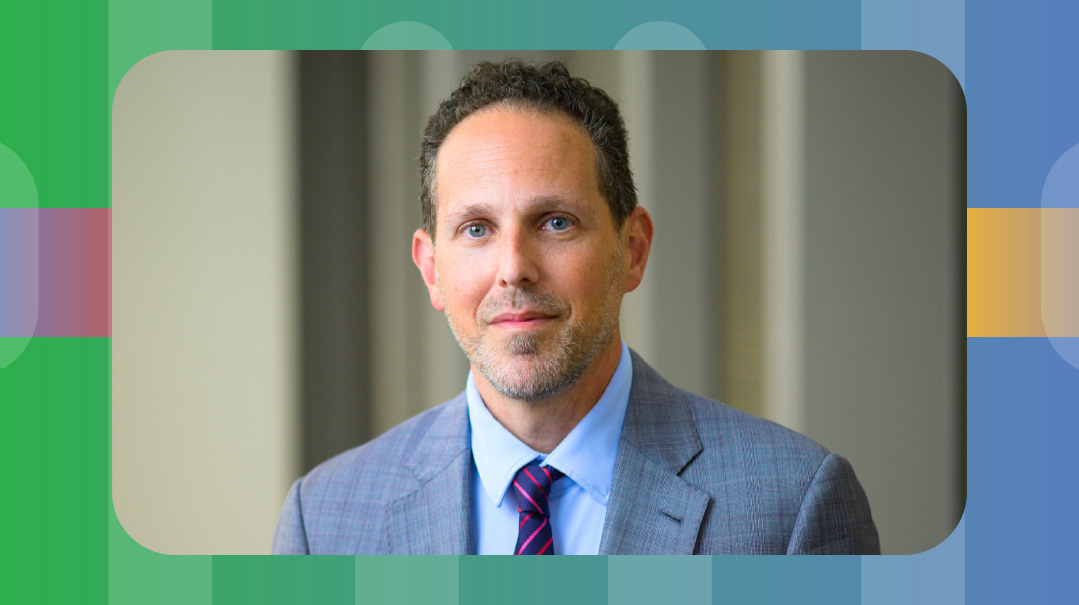To Hear Your Voice

Dr. Marc Schiffman connects isolated patients with worried loved ones

Photos: Naftoli Goldgrab
When Dr. Marc Schiffman started medical school at SUNY Upstate Medical University decades ago, he was eager to fuse his natural empathy and his analytic, scientific proclivity to heal patients in need. He never dreamed, though, that one day he’d pair his medical work with a tech startup… but then again, COVID-19 shifted many medical practitioners out of their comfort zones. And confronted with the desperation that the pandemic engendered in so many patients and their families, Dr. Schiffman knew he had to take action.
When a new, mysterious virus called COVID-19 reared its head in March 2020, Weill Cornell Medicine found itself inundated with patients in critical condition. While his specialty was interventional radiology, the pandemic called for all hands on deck, and together with other colleagues, Dr. Schiffman volunteered to pivot to intensive care and do what he could to support the beleaguered ICU staff.
The day he agreed to report for duty, a contingent of volunteer ICU doctors came in from California and areas in upstate New York where the pandemic hadn’t yet hit in order to bolster the ICU staff. Dr. Schiffman and his colleagues were now no longer needed in the ICU, but they still stood ready to serve. Aiming to identify the most vital need, Dr. Schiffman took note of the patients who were kept in isolation because of safety concerns, yet realized that the medical personnel working harrowing shifts in a chaotic environment weren’t up to the task of trying to keep patients’ families updated. Frantic family members were home worrying and praying, with no way to reach out to their loved ones.
Dr. Schiffman and his colleagues recruited other doctors, all of whom would accompany the ICU doctors on their morning rounds and then break away and spend the remainder of their day calling patients’ families and supplying them with consistent daily communication.
“Every single family member we spoke to was desperate,” he recalls. “Almost all asked us to hold the phone up next to their family member’s ear so they could hear their voice. It was heartbreaking.”
While engaged in his mission, Dr. Schiffman consistently saw how patients who connected with loved ones, even if only by voice, felt noticeable relief — not only emotionally but physically. Blood pressure would stabilize, breathing would ease, and even comatose patients would respond in some way to the voices of their family members. Seeing the results on the ground, Dr. Schiffman and his colleague Dr. Tamatha Fenster were determined to find a solution to bring down the intolerable barrier Covid was erecting between patients and their families.
“Health care communication had always been a problem that had gone unaddressed,” he says, “and we decided we were going to fix that.”
Oops! We could not locate your form.







